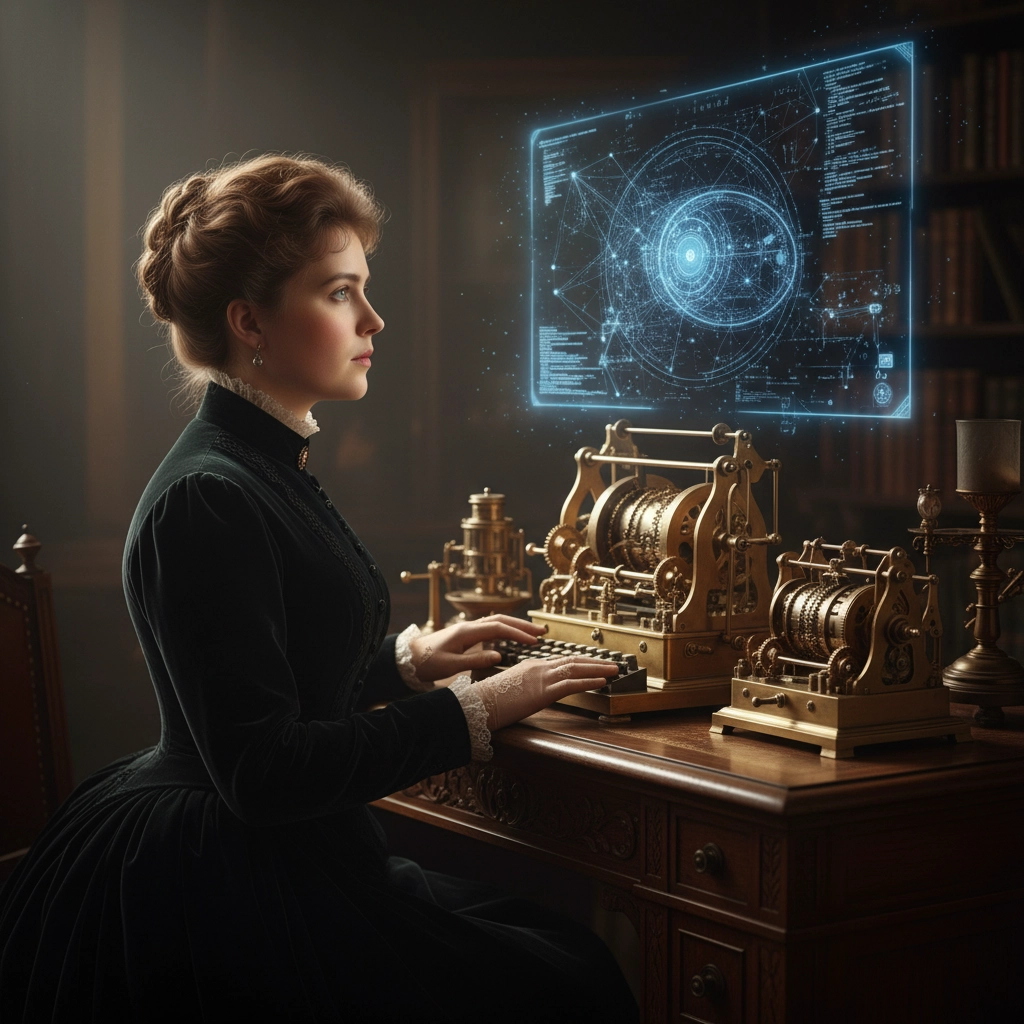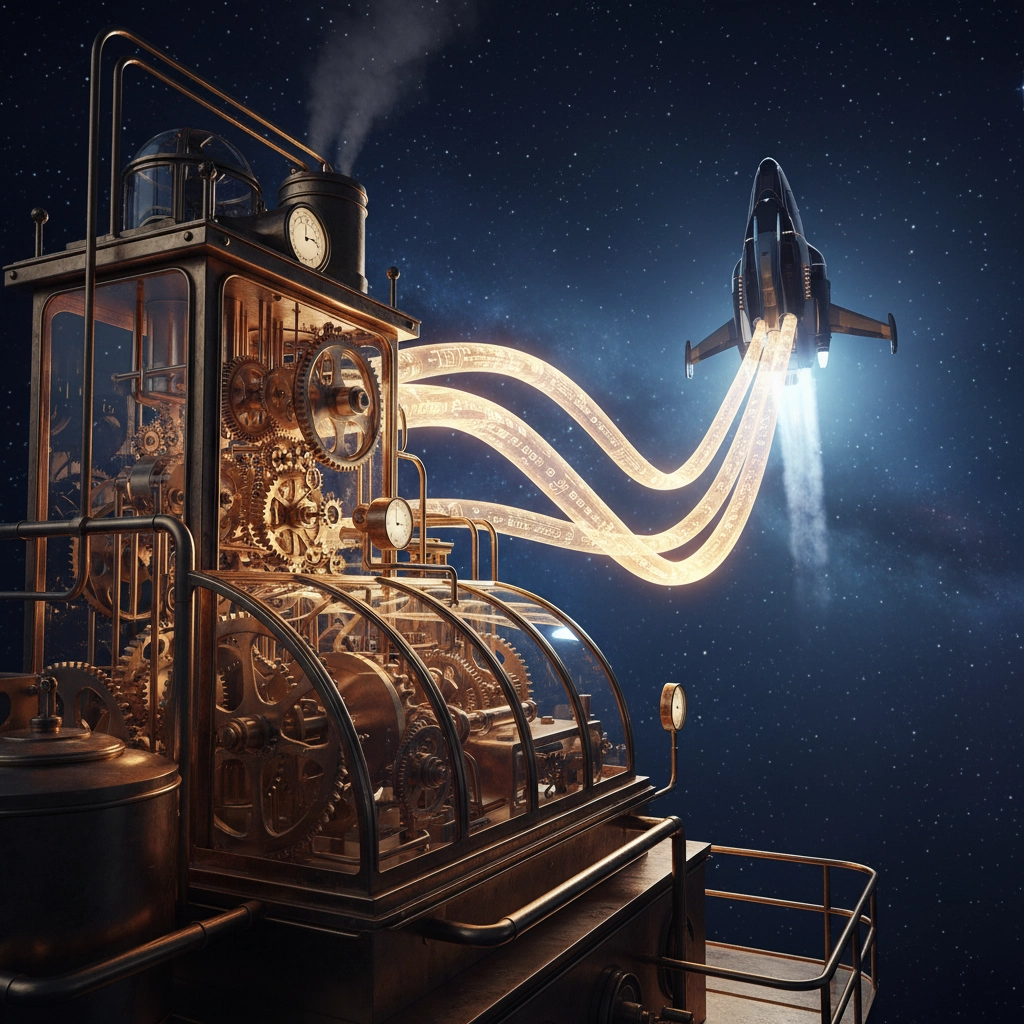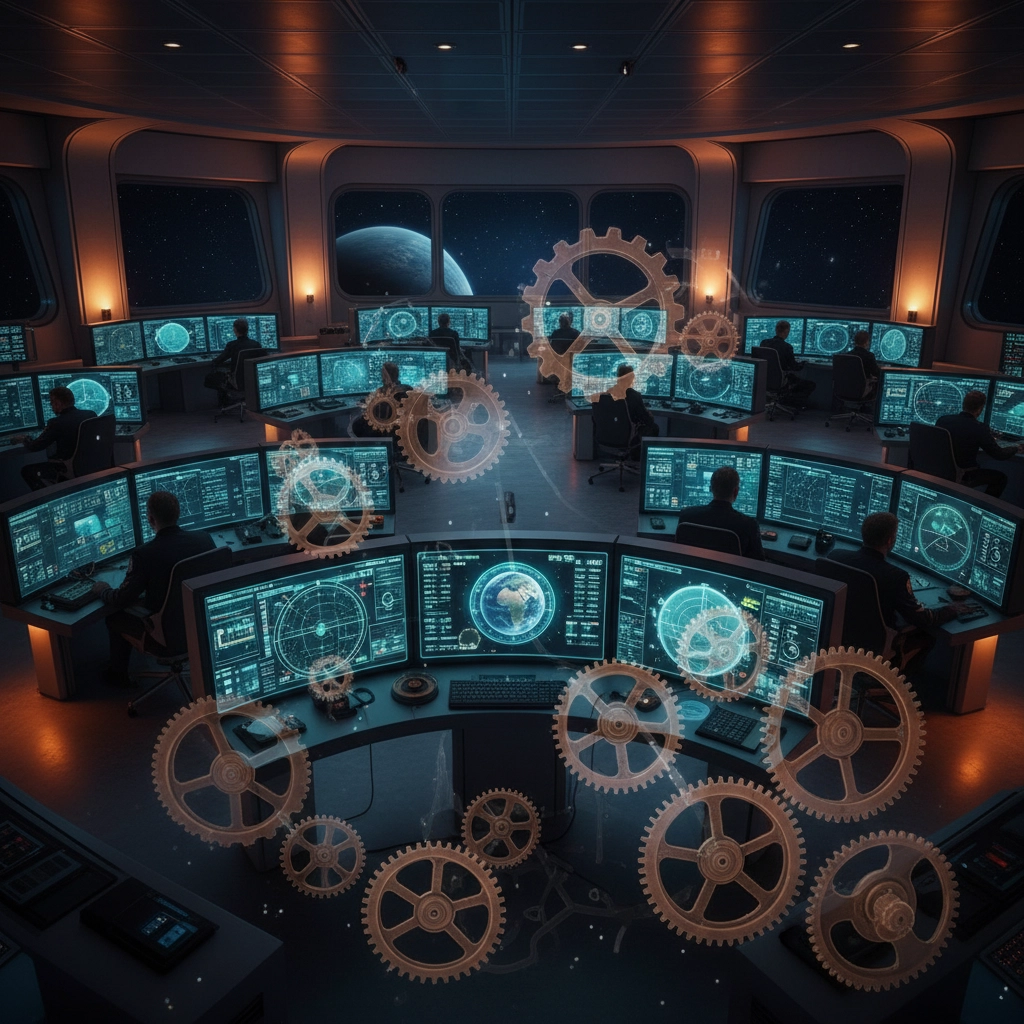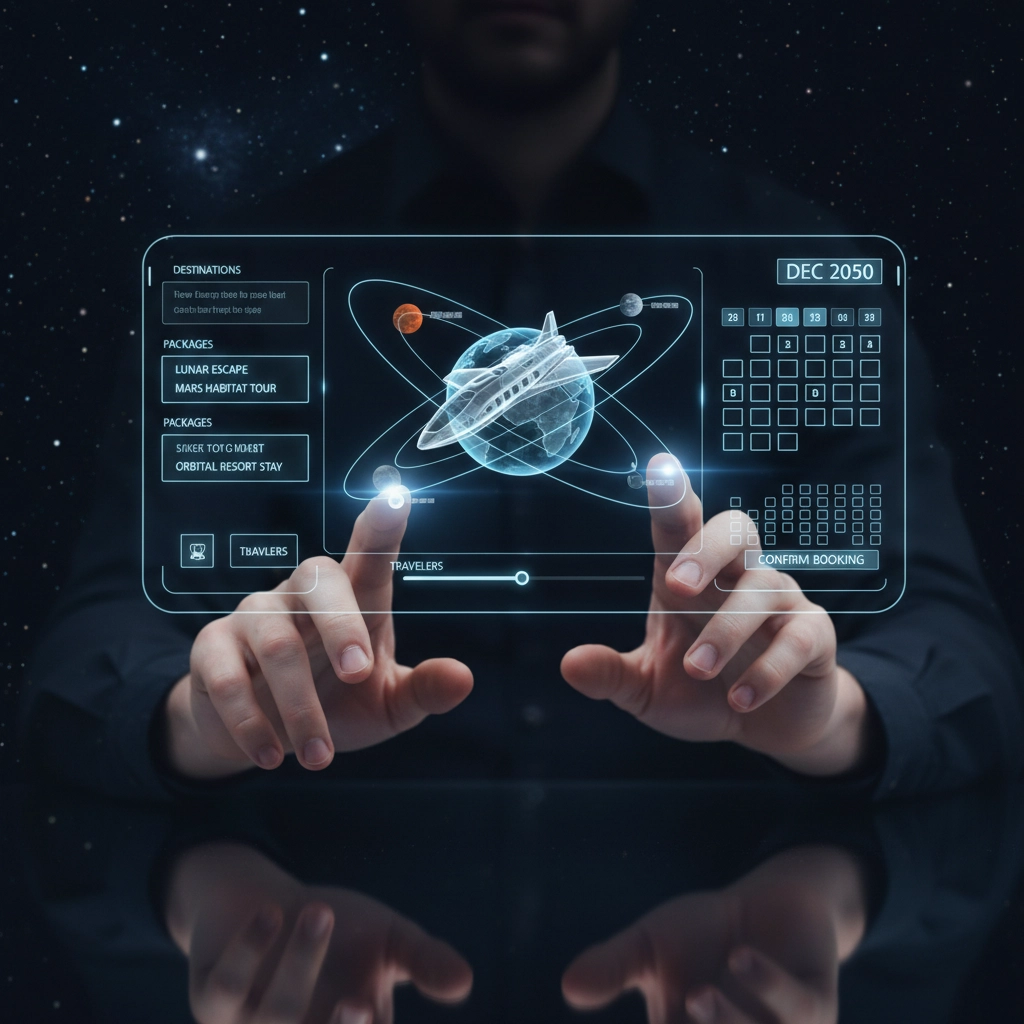Have you ever wondered how Ada Lovelace space tourism connections stretch across nearly two centuries? The world’s first computer programmer, born on December 10, 1815, laid the computational groundwork that makes today’s space adventures possible. Therefore, her revolutionary vision of what machines could accomplish directly impacts how we book, navigate, and safely experience space travel today.
The Visionary Behind the Code
Ada Lovelace wasn’t just another mathematician of her era. As a result of her unique position as Lord Byron’s daughter and her collaboration with Charles Babbage, she developed insights that would revolutionize human-machine interaction. However, what made her truly special was her ability to see beyond pure calculation.
Born into an age where women rarely pursued scientific endeavors, Lovelace defied expectations. Furthermore, she possessed something even rarer than mathematical talent: the imagination to envision a future where machines could think, create, and solve problems we hadn’t yet learned to ask.

What Ada Created: The First Algorithm
In 1843, Lovelace wrote what historians recognize as the first computer program. Nevertheless, this wasn’t just any program: it was an algorithm designed to calculate Bernoulli numbers using Babbage’s Analytical Engine. Moreover, her detailed notes on this process were three times longer than the original article she was translating.
The program itself demonstrated something remarkable. Additionally, it showed that machines could follow complex, step-by-step instructions to solve problems automatically. Consequently, this concept of algorithmic thinking became the foundation for every computer system we use today, including those that power modern spacecraft.
Beyond Numbers: Lovelace’s Revolutionary Insight
What sets Lovelace apart from her contemporaries? Her understanding that computers could manipulate more than just numbers. In fact, she wrote that the Analytical Engine “might act upon other things besides number” and could even “compose elaborate and scientific pieces of music.”
This insight was revolutionary because it shifted thinking from mere calculation to true computation. As a result, she anticipated concepts like data processing, symbolic manipulation, and even artificial intelligence. Furthermore, she understood that information could be encoded in various forms: a principle essential to modern space systems.

The Computing Foundation of Modern Space Tourism
Today’s space tourism industry relies entirely on the computational principles Lovelace pioneered. Therefore, every aspect of your space journey: from booking to landing: depends on algorithms and programming languages that trace back to her foundational work.
Flight control systems use complex algorithms to maintain spacecraft stability and navigation. Additionally, mission planning software calculates optimal launch windows, trajectory paths, and fuel consumption. Moreover, safety protocols are managed by automated systems that continuously monitor thousands of parameters during flight.
Consider how orbital and suborbital travel differences require distinct computational approaches. However, both rely on the same algorithmic thinking Lovelace introduced nearly 180 years ago.
From Analytical Engines to Rocket Ships
The connection between Lovelace’s work and space tourism extends beyond basic computing. Nevertheless, her vision of machines processing complex, multi-step procedures directly enables today’s automated launch sequences.
Space vehicles execute thousands of precisely timed operations during a single flight. Furthermore, these operations must coordinate seamlessly: from engine ignition timing to cabin pressure regulation. Consequently, the step-by-step algorithmic approach Lovelace developed makes these complex orchestrations possible.

Navigation: Following Ada’s Logical Path
Modern spacecraft navigation systems exemplify Lovelace’s computational vision. Therefore, GPS satellites, inertial guidance systems, and trajectory calculations all use the logical, sequential processing she pioneered.
When you’re aboard a spacecraft heading to the edge of space, onboard computers continuously calculate your position, velocity, and optimal path. Additionally, these systems must account for Earth’s rotation, gravitational variations, and atmospheric conditions. Moreover, they do this using the same fundamental approach Lovelace outlined: breaking complex problems into manageable, sequential steps.
The Safety Algorithms Protecting Space Tourists
Safety systems in modern spacecraft demonstrate how Lovelace’s algorithmic thinking protects lives. However, these aren’t simple on-off switches: they’re sophisticated programs that constantly evaluate multiple variables.
Emergency abort systems monitor engine performance, cabin pressure, structural stress, and dozens of other factors. Furthermore, they must make split-second decisions about when to activate backup systems or initiate emergency procedures. Nevertheless, this life-saving capability exists because Lovelace showed us how to encode decision-making logic into mechanical processes.
Booking Your Space Adventure: Algorithms in Action
Even the process of planning your space journey reflects Lovelace’s influence. Therefore, online booking systems, flight scheduling, and passenger management all rely on computational principles she established.
Modern space tourism companies use algorithms to optimize launch schedules based on weather, orbital mechanics, and passenger preferences. Additionally, these systems manage waiting lists, coordinate training schedules, and ensure proper crew-to-passenger ratios. Moreover, they handle payment processing, insurance calculations, and regulatory compliance: all using descendant technologies of Lovelace’s original algorithmic concepts.

The Human Touch in Automated Systems
Lovelace understood something crucial that modern space tourism embraces: technology should enhance human experience, not replace it. Consequently, today’s space flights blend automated precision with human oversight and personal service.
While computers handle the technical complexities of launch, navigation, and landing, human flight crews focus on passenger experience and safety oversight. Furthermore, this balance reflects Lovelace’s vision of machines as powerful tools that amplify human capabilities rather than substitute for human judgment.
Looking Forward: Ada’s Continuing Legacy
The future of space tourism will likely involve even more sophisticated applications of Lovelace’s computational principles. Therefore, artificial intelligence systems may soon personalize space experiences, optimize flight paths in real-time, and provide predictive maintenance for spacecraft.
However, these advances will still rely on the fundamental insight Lovelace provided: that machines can process complex information systematically to solve problems and create new possibilities. Additionally, her vision of computers handling symbolic manipulation paves the way for systems that could manage everything from space-based manufacturing to interplanetary tourism logistics.
Your Journey Awaits
Ada Lovelace’s legacy lives on every time someone experiences the wonder of space travel. Nevertheless, her true gift wasn’t just the first computer program: it was showing us how to think systematically about solving complex problems.
When you’re ready to experience space travel yourself, remember that you’re participating in an adventure made possible by a visionary who saw the future of human-machine collaboration. Therefore, your journey represents the fulfillment of possibilities she imagined centuries ago.
Ready to be part of this continuing story? Contact us to discover how you can experience the space adventure that Ada Lovelace’s innovations helped make possible. Furthermore, explore more about the incredible technology powering modern space tourism and start planning your own computational-assisted journey to the stars.
